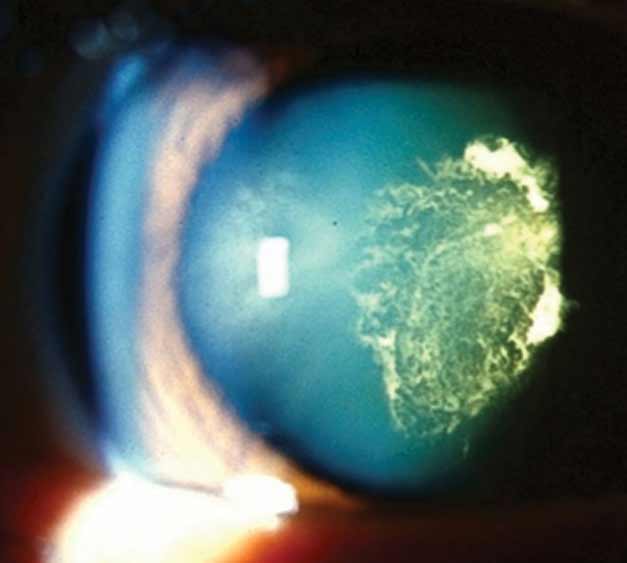 |
| To help the most vulnerable cataract patients, policymakers and individual doctors should direct efforts toward improving health literacy and access to care. Photo: Julie Tyler, OD. Click image to enlarge. |
A recent study investigated the association of various social determinants of health status with prevalence of cataract, vision loss secondary to cataract and likelihood of receiving cataract surgery. These factors were examined across three different survey years using nationally representative data. Health disparities were found in all three study outcomes. Disparities in social determinants of health included insurance type, income levels, working status, delaying medical care due to timing difficulties and needing but not being able to afford medical care within the past year.
The National Health Interview Survey, conducted annually by the National Center for Health Statistics and the CDC through in-person household interviews, uses cross-sectional multistage probability samples to formulate estimates for the civilian, noninstitutionalized population of the United States. The survey collects a range of sociodemographic and health information, including housing characteristics, income, healthcare insurance status and specific health conditions. This study, published in the American Journal of Ophthalmology, used publicly available data from the 2008, 2016 and 2017 datasets and included 81,551 participants who were predominantly between 18 and 44 years old (49.6%), female (51.7%) and Caucasian (74.8%).
Among the key findings, individuals who were not working were more likely to report having cataracts compared with those who were employed. Those who needed but could not afford medical care in the past year were more likely to report vision loss secondary to cataracts compared with their counterparts. Uninsured participants were less likely to report undergoing cataract surgery compared with those with private insurance. Individuals with higher income were more likely to report undergoing cataract surgery. The researchers noted that there could be multiple factors contributing to a patient not obtaining an appointment in a timely fashion and requiring further exploration.
The research team noted that they were limited to self-reported data about the presence or knowledge of having a cataract, having vision loss secondary to cataract or having undergone cataract surgery; subjects who had never seen an ophthalmologist or an optometrist at an appropriate time would not know whether or not they had cataract, let alone the degree to which it impaired their function.
“These findings highlight the importance of increasing awareness among clinicians regarding the relevance of identifying social risks that influence health outcomes of their patient populations, as well as providing care to those at risk of worse outcomes,” the study authors concluded in their paper. “Resources dedicated toward improving health literacy, insurance coverage and offering assistance to people with social risks by connecting them to eyecare services may help address these health disparities.”
Aawidi AA, Wang J, Varadaraj V, et al. The impact of social determinants of health on vision loss from cataracts and cataract surgery utilization in the United States: analysis of three National Health Interview Survey years, 2008, 2016, 2017. Am J Ophthalmol. March 22, 2023. [Epub ahead of print]. |


